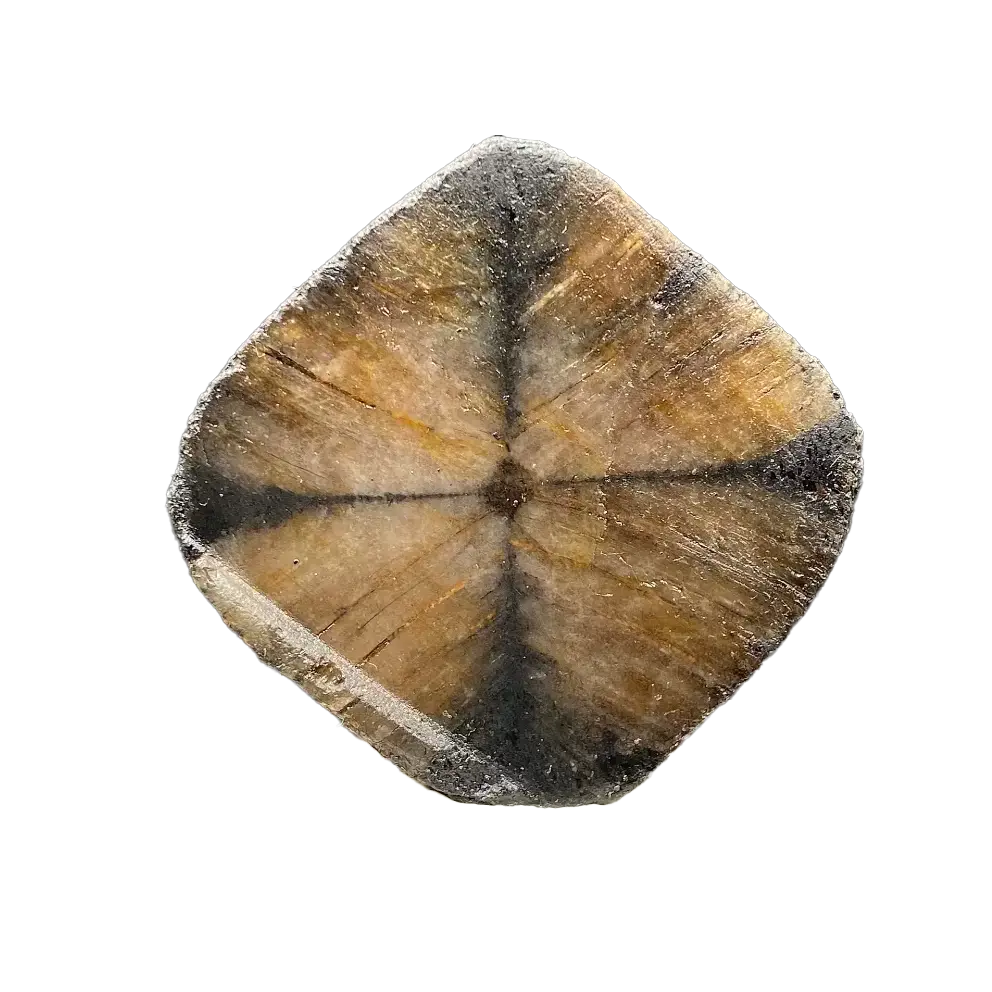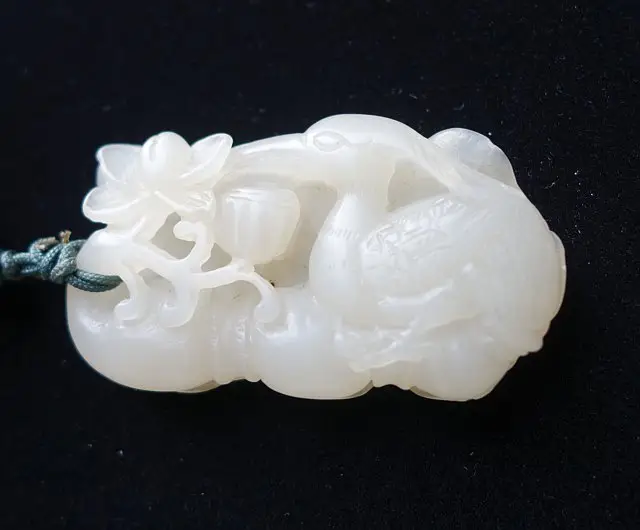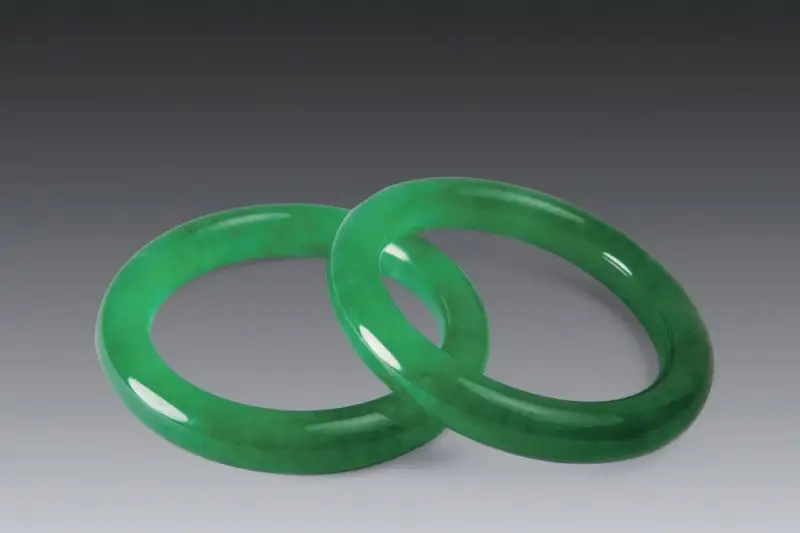Table of Contents
Introduction
Andalusite is a well-known metamorphic mineral in the field of mineralogy due to its aluminum silicate composition. [Al2SiO5]This mineral transforms into kyanite or sillimanite under different temperature and pressure conditions. These three minerals, with the same composition but different structures, are known as polymorphs, akin to “triplets” in the mineral world.
Andalusite is more recognized for its industrial applications than its use in gemstones. When heated to 1380°C, it converts into mullite, a high-alumina mineral known for its excellent refractory properties, able to withstand temperatures up to 1800°C.
Andalusite
- Crystal system: orthorhombic crystal system
- Hardness: 7.5
- Specific gravity: 3.16~3.20
- Luster: Vitreous luster
- Transparency: Transparent to opaque
- Color: maroon, reddish brown, olive green
- Refractive index: 1.63~1.64
- Birefringence: 0.010
- Fluorescence: green, yellowish fluorescence
- Cleavage: clear cylindrical cleavage
- Characteristics: Strong pleochroism – red, yellow, green
Commercial Value of Andalusite
Andalusite exhibits strong pleochroism, typically displaying red, yellow, and green hues when slightly rotated. This pleochroic effect can vary depending on the stone’s origin. Andalusite’s appearance can be confused with other gems like tourmaline or alexandrite, but its unique optical properties, such as birefringence and pleochroism, help distinguish it from others.
When selecting andalusite, the most desirable specimens have vivid colors, and strong pleochroism makes them even more attractive. Large, gem-quality andalusite stones over 2 carats are quite rare and valuable, and the Gemological Institute of America (GIA) lists andalusite among the sixty rarest gemstones.
Andalusite has a Mohs hardness of 7.5, providing durability comparable to precious gems. Gem-quality andalusite is typically reddish-brown, but its color saturation is often less intense than that of rubies. Andalusite crystals that exhibit a distinctive “black cross” on their cross-section are known as chiastolite. Although chiastolite is a rare collectible mineral, it is seldom used in jewelry-making.



